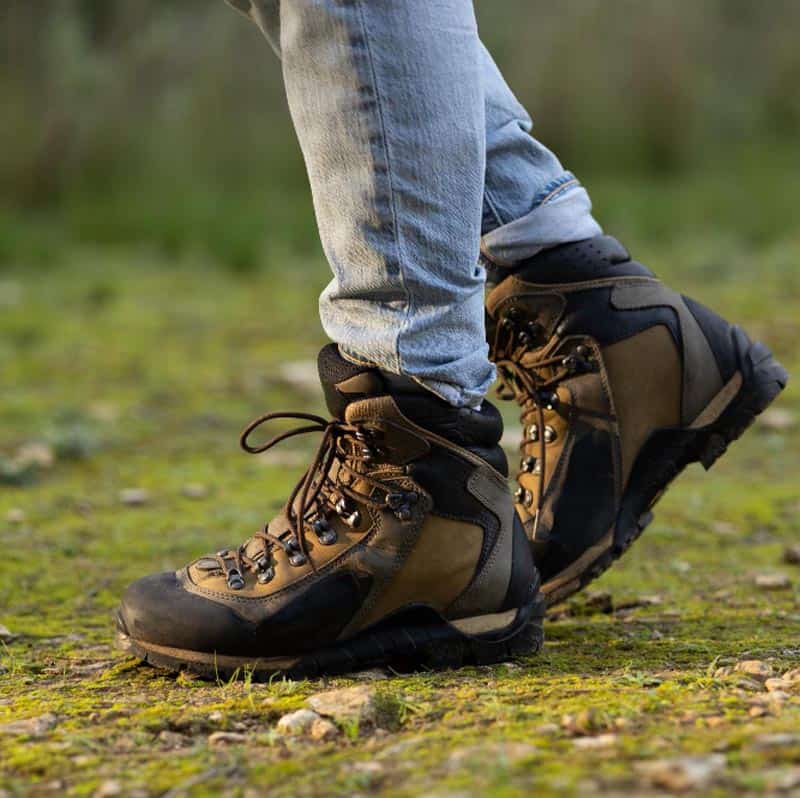Choosing the right hiking boots is crucial for an enjoyable and safe outdoor experience․ One of the most important aspects of selecting hiking boots is the fit․ The debate of whether hiking boots should be loose or tight is a common one, and the answer isn’t always straightforward․ The ideal fit depends on various factors, including the type of hiking you’ll be doing, the terrain, and your personal preferences․ Let’s explore the nuances of hiking boot fit to help you find the perfect balance for your feet․
Understanding the Importance of Proper Hiking Boot Fit
A well-fitted hiking boot is essential for comfort, performance, and injury prevention․ Improper fit can lead to blisters, hot spots, and even more serious foot problems․
The Dangers of Boots That Are Too Tight
Hiking boots that are too tight can restrict blood flow and cause significant discomfort․
- Increased risk of blisters, especially on toes and heels․
- Numbness or tingling in the feet due to constricted nerves․
- Potential for foot pain and cramping, especially on long hikes․
- Can lead to pressure points and hot spots, increasing the likelihood of discomfort․
The Advantages and Disadvantages of Looser Hiking Boots
While tight boots are problematic, boots that are too loose also present their own set of challenges․
Fact: Some hikers prefer a slightly looser fit, especially for downhill sections, as it allows for more toe wiggle room․
When Might a Slightly Looser Fit Be Acceptable?
There are scenarios where a touch of extra space in your hiking boots can be beneficial, particularly in certain conditions․
- Downhill hiking: Allows toes to move without jamming against the front of the boot․
- Warm weather hiking: Provides room for feet to swell slightly in the heat․
- Using thicker socks: Accommodates extra sock layers for added warmth or cushioning․
Finding the “Goldilocks” Fit: Not Too Loose, Not Too Tight
The sweet spot for hiking boot fit lies in finding a balance between snugness and freedom of movement․
The ideal fit allows for a comfortable and secure feel without being restrictive․ Consider these factors when trying on boots:
| Factor | Description |
|---|---|
| Toe Room | Sufficient space to wiggle your toes freely; about a thumb’s width between your longest toe and the end of the boot․ |
| Heel Hold | Heel should stay firmly in place with minimal slippage; |
| Midfoot Support | The boot should feel snug and supportive around the arch and instep․ |
| Ankle Support | Adequate support around the ankle, depending on the type of hiking you’ll be doing․ |
FAQ: Hiking Boot Fit
Here are some frequently asked questions about achieving the perfect hiking boot fit․
How much space should I have in the toe box?
Ideally, you should have about a thumb’s width between your longest toe and the end of the boot when standing up․ This allows for toe movement and prevents jamming on descents․
Should my heel slip in new hiking boots?
Minimal heel slippage (less than ¼ inch) is acceptable in new boots, but excessive slipping indicates a poor fit․ The heel should remain secure as the boot breaks in․
What kind of socks should I wear when trying on hiking boots?
Always wear the same type of hiking socks that you plan to use on the trail when trying on boots․ This will ensure an accurate fit․
How do I know if my hiking boots are too tight?
Signs of boots that are too tight include numbness, tingling, pressure points, and blisters, especially after short walks․
Can I stretch hiking boots that are too tight?
While some boot materials can be stretched slightly, it’s best to avoid buying boots that are significantly too tight․ Stretching may not provide enough relief and can damage the boot․
Finding the perfect hiking boot fit is a journey that requires careful consideration and patience․ It’s not simply about choosing between loose or tight; it’s about finding the right balance for your feet and your hiking style․ Remember to prioritize comfort, support, and stability when selecting your hiking boots․ Take the time to try on different sizes and styles, and don’t hesitate to seek expert advice from experienced outdoor retailers․ By investing in well-fitting hiking boots, you’ll be setting yourself up for countless miles of enjoyable and pain-free adventures on the trail․ Happy hiking!

